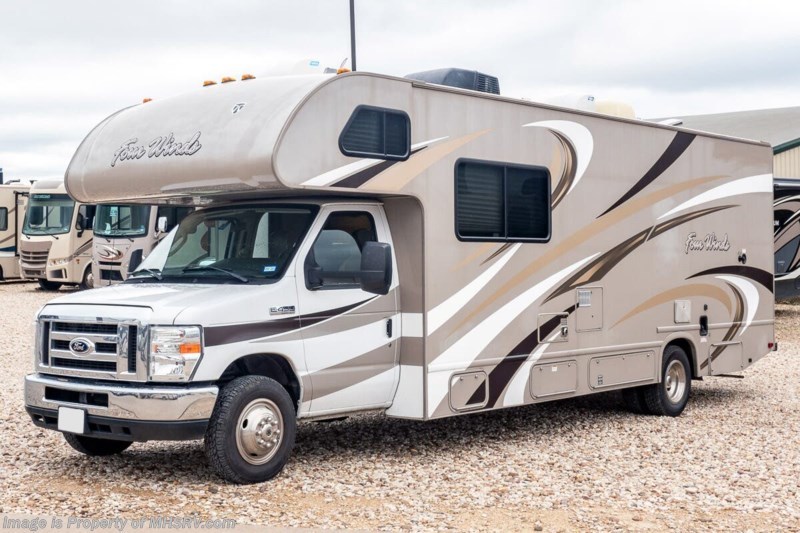One of the most important parts of your RV may be its tires. After all, you never know what sort of driving conditions you may come across, and the quality of your tires could be vital for the safety of you and your passengers. However, most drivers want to avoid changing their tires if it isn’t necessary, as wheels for your rig may add up to a hefty investment.
To make sure that you are safe on the road, here are some tips for knowing when to replace your RV tires. Some of these rules are similar to what you may expect for your everyday vehicle, while other considerations should be kept specifically in mind for your oversized RV.
Here’s a look at when you should replace your RV tires.
Time Considerations
One of the first things to look at when deciding whether or not you should change your RV tires is the time frame that it’s been since you last changed them. The common rule of thumb for changing your RV tires is anywhere between three and six years. If you are on the road often, and you think your tires need to be changed, then it may not be possible to last as long as six years. Then again, if you only take your rig out sporadically, then you may be able to push it up to that six year mark – although it’s never recommend going much longer than that.
Wear Considerations
No matter what the timing has been since your last change, you should also give your tires a good look over before you head out on a road trip. If you notice that your tires are wearing unevenly, or if they have little tread left on them, then it’s important you change them before you hit the road.
Every rig is different; as is the road you travel on. If your tires look like they are on the last mile, then change them sooner than later.
What’s The Length Of Your Next Trip?
Another consideration to make may be how long your next trip will be. For example, if you are planning on an extended vacation, then keep in mind that your tires will start to wear while on the road. Then again, if you are just going on a quick weekend trip, then you may be able to leave changing your tires until you get back.
Then again, if you are just going on a quick weekend trip, then you may be able to leave changing your tires until you get back.
It’s Better To Be Safe Than Sorry
In any circumstance, your RV is an investment that deserves the utmost care. If you think your tires need to be changed, it’s always better to be safe than sorry. Blowing a tire while you are on the road will result in a variety of frustrating scenarios that you’ll have to deal with. However, if you plan in advance and make sure that your tires are ready for the road ahead, then you can do a better job of ensuring the safety of everyone inside your rig and others on the road.
Crossroads Trailer Sales has been the #1 5th Wheel dealer in New Jersey for the last 9 years. Our 10 acre lot features over 250 5th wheels, travel trailers, and toy haulers to choose from. We are a family owned and operated business that has been proudly serving the RV community since 1988. We have a full service parts and service department and are happy to help if you’re not up for DIY service! Please contact us for all of your 5th wheel and trailer needs.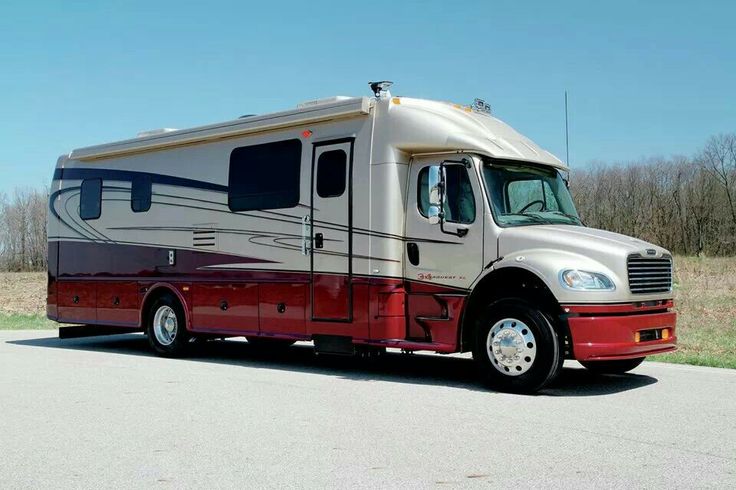 We look forward to hearing from you and thanks for reading!
We look forward to hearing from you and thanks for reading!
0 shares
There are a lot of different types of RVs spanning from monstrously large Class A motorhomes to travel trailers, teardrop trailers and popup campers.
Though the one thing they all have in common is that they all have at least two tires that get them where you want them to go.
Just like your car or pickup truck, your RV’s tires have a limited lifespan that can be affected by a lot of different factors. Not the least of which being the number of miles traveled.
Of course, RV tires are not cheap, and replacing them will take a big bite out of your travel budget.
This is why so many RV adventurers wonder how long will my RV tires last? The typical RV tires will last for around 8,000 to 15,000 miles, depending on the quality of the tread and usage. For most RV adventurers this translates into about three to five years of use before the RV’s tires need replacing.
For most RV adventurers this translates into about three to five years of use before the RV’s tires need replacing.
Though there are several factors and maintenance tasks that can increase or decrease the lifespan of your RVs tires.
If you are concerned about how long your RV tires will last, or you just want to make the most out of them, this article is loaded with helpful information.
RV Tire TreadLike all tires, the tread wear will play a major factor in how long your RV tires last. RV tires come with different tread life ratings.
If you are buying new RV tires, it might be worth it to spring for the highest rating tread life for your replacements.
Especially for a motorhome’s rear axle drive tires which see the most wear and tear.
How To Determine The Amount Of Tread Life On RV Tires?Determining the amount of tread life on an RV’s tires yourself typically involves the “Penny Test.”
You insert the penny into the deepest part of the tire tread with the penny facing toward you.
Ideally, a significant portion of Abraham Lincoln’s head should be hidden by the tread.
If you can see all of Lincoln’s head, then the tread is less than 1/16th of an inch, and you absolutely need to replace the tires as soon as possible.
Just bear in mind that 1/16th of an inch is the bare minimum. Ideally, you want at least a quarter of 4/32nds of an inch of tire tread.
Uneven RV Tire WearOne of the things that kills a lot of RV tires before their time is uneven tread wear. This can be caused by a wide variety of things including:
Sometimes you can visually notice signs of uneven tread wear, though usually, this means that the tire is in such poor condition that it needs to be replaced to make it truly roadworthy.
So, it’s a good idea to always check all your RV tires before departing on any trip.
Make sure to perform the “Penny Test” on each tire in multiple locations including the middle, the inside tread and the outside tread lines.
RV Tire Age@sandcruiserIt’s also worth noting that the age of an RV’s tires can also limit the remaining lifespan. Especially if your RV has been stored outdoors.
The elements can cause even tough vulcanized rubber to start to fade, crack and stiffen.
If your RV’s tires are more than five years old and you are seeing signs of cracking in the sidewalls or delamination of the tread, you should replace them as soon as possible.
Determining RV Tire AgeLet’s say you took the plunge and bought a gently preowned RV, the tread on the tires looks good, but you are worried about the overall age.
Of course, the chances of the previous owner honestly telling you how old the tires are and any concerns they have about them is relatively low.
Fortunately, tires come with dating information printed on them.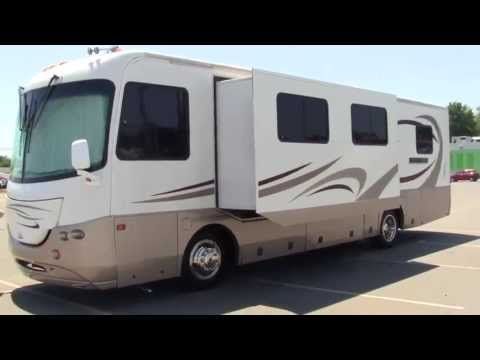 Though you have to know how to read the code.
Though you have to know how to read the code.
Look carefully on the tire for DOT. It will be followed by 4 numbers. The first two numbers are the week of the year that the RV tires were made, and the last two numbers are the year.
If the RV tires say DOT1120, it means they were made in the 11th week of 2020, which would be mid to late March.
Tips For Making The Most Out Of RV Tire LifeThere are a few things you can do to help get the most life out of your RV tires. Though some of them can vary depending on the type of RV as well as your preferred travel style.
Rotate Your RV’s TiresIdeally, you should rotate your RV’s tires every 6,000 to 8,000 miles. Especially if it is a motorhome where the rear-drive tires suffer more wear and tear than the front steering tires.
Though even a travel trailer’s tires will benefit from rotating as minor mechanical variations in simple things like how the trailer tracks can lead to uneven tire wear.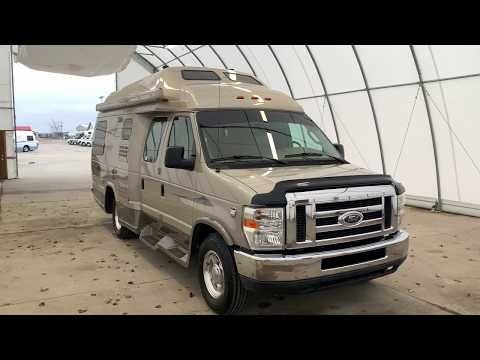
You need to check your RV tire pressure at key points. This includes at the start of a trip, as well as when you get to camp, and when you finally get back home.
Being thorough helps you do things like catch a potential slow leak in a tire before it causes uneven tire wear, a flat tire, delamination, or a total blowout.
It’s also a good idea to check the tire pressure before storing the RV, as part of your winterization process.
If possible, check the tires two or three times during the winter. Many a pair of RV tires has been ruined by a slow leak that made them go flat during long-term winter storage.
Keep A Portable Air Compressor In Your RVSlow leaks might start out as a minor inconvenience, but they can turn into a major problem if the tire gets too low.
Countless numbers of people have parked up at their campsite only to find one or two of their RV tires has a slow leak.
When you have a portable air compressor on board, you can refill these tires before hitting the open road, rather than risking popping a bead, severe tread wear or a blowout just trying to get back to civilization.
Check RV Tire TreadKeep an eye on your RV tire tread. Little things like the penny test or using a tire caliper will help you determine when it is time to rotate your tires.
It can also help you catch things like an alignment issue that needs to be repaired.
Perform Routine MaintenanceIt’s all too easy to learn to live with a minor variance in your motorhome’s alignment or a travel trailer that pulls a little bit to the left.
Though left unchecked these minor issues can contribute to the kind of uneven tire wear that will kill RV tires long before their time.
Getting these issues repaired by the certified mechanic will help pay for itself in extended tire life as well as an RV that is safer on the road.
Use Jack Stands & Supports When CampingEven if you are going to be parking up your RV for a single night on your way to a far-flung destination, you should still use the necessary jack stands, struts or supports for your RV.
Not only will this take some of the load off the tires, but it can also improve the overall life and performance of your RVs suspension system, which can also affect tire life in the long term.
Replace Tires When NeededIt’s tempting to try to push an RV tire or two beyond their expected lifespan. Especially if your RV has multiple axles.
Unfortunately, the poor performance or uneven tread wear of these compromised tires can affect the life of other tires shortening their life prematurely as well.
RV Tires tend to have an average lifespan of around 5 years. Perhaps less for a motorhome that puts on a lot of cross-country miles, perhaps more for a travel trailer that only two or three short vacations away from home every year.
Taking care of your RV tires by checking the tread and frequently checking the tire pressure, as well as storing it properly will go a long way toward getting every last mile and moment out of them.
It will also help reduce the overall cost of ownership that comes with routine RV tire replacement.
Consumer disputes over the age of tires have not subsided for several seasons. Buyers are excited that the warranty period for tires is limited to 5-6 years according to GOST, and after the expiration of this period, the rubber becomes unusable.
Is this really the case, read this article.
Manufacturers of most brands on their products set Shelf life is 5 years and service life is also 5 years .
The shelf life of a tire is the period during which it retains its performance when properly stored.
The end of this period does not mean that the tires have become unusable . A shelf life of 5 years is given by manufacturers because, by law, they cannot set a shelf life higher than the service life. Tires over 5 years of storage cannot be called damaged or defective, their technical characteristics may be slightly reduced. American researchers argue that the period of storage of "shoes" must be at least 10 years. Experts from Germany are sure that it cannot exceed 6 years.
The expiration date of tires is the warranty period during which the manufacturer is responsible for the quality and condition of the tire if it was used for its intended purpose without violating the operating rules.
According to Russian legislation (GOST 5513, GOST 4754-97) , the service life of tires is 5 years from the date of manufacture.
How can I find out the date of manufacture of tires?
You can find out the age of tires by a special DOT code. Tires manufactured after 2000 in the DOT code contain two pairs of numbers, where the first pair indicates the week number of the year, and the second pair indicates the year. Earlier tires before 2000 have 3 numbers in their composition, where the first two digits are the week number, and the last one is the year (see the transcript in the photo).
Determination of the average shelf life of a tire according to GOST and operating conditions.
- The symbol ZR denotes tires for high-speed cars. They are recommended to be used at speeds over 240 km/h. up to 6 years
- Tires with the H symbol are used at a maximum speed of 210 km/h. within 5 years.
- The sign S symbolizes the maximum permissible speed of 180 km/h. and operational period of 4-5 years.
Most tire manufacturers do not agree that tire life is limited to 5 years.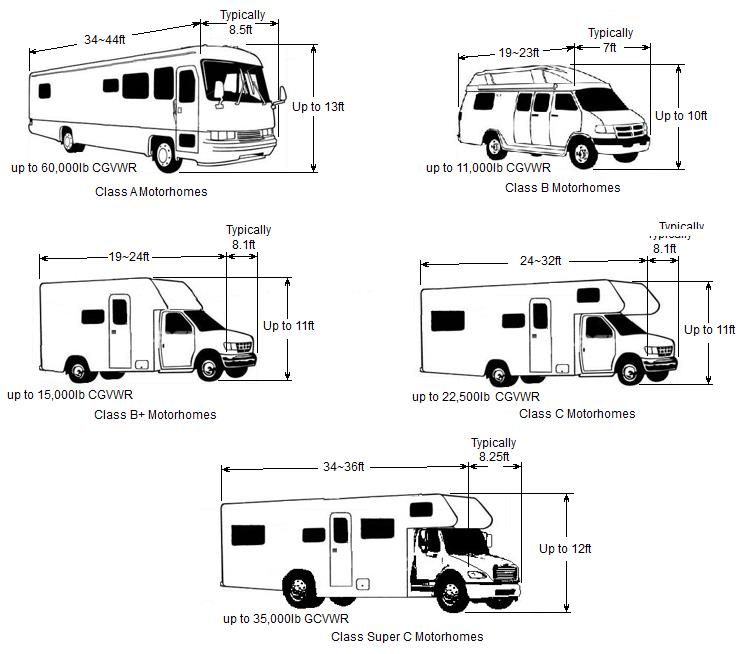 Each company has its own opinion on this matter. We analyzed several of them and the information they posted on their official websites.
Each company has its own opinion on this matter. We analyzed several of them and the information they posted on their official websites.
Michelin
The French tire manufacturer Michelin has become famous for its active fight against the perception of the rapid aging of tires as a perishable product. Her information campaign "Tires Are Not Bananas" created a lot of noise in the automotive environment. According to the representative office, several test trials were carried out in Saudi Arabia, South Korea and Germany. As a result of testing, no difference was found between new tires and tires stored for 3 years. They were tested for various characteristics such as rolling resistance, high speed durability, etc. Tires with a year life were approximately equal in performance to 10-year unused tyres.
Michelin focuses the attention of car owners on the fact that tires are not a perishable product, their shelf life is not as important as the service life is important, starting from the date the tires are installed on the rims.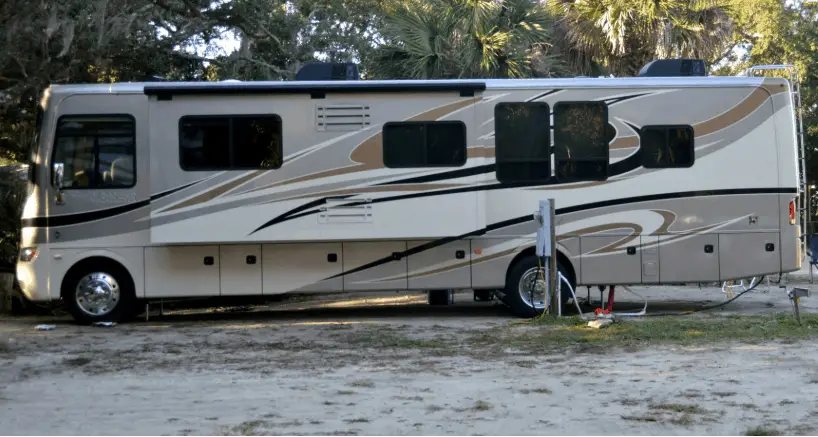 It is from this moment that the tire is subjected to all tests: pressure, temperature changes, wear, contact with uneven and sharp coatings, etc.
It is from this moment that the tire is subjected to all tests: pressure, temperature changes, wear, contact with uneven and sharp coatings, etc.
Continental
On the Russian official website of Continental, we found the following information on the expiration dates of tires.
“When a tire is stored in the correct position and under the recommended conditions, it will not lose its original balanced performance for 5 years from the date of manufacture of the tire.
A properly maintained, unused tire less than 5 years old can be sold as a new tire and used normally.
Continental recommends replacing all tires (including spares) with a sidewall date greater than 10 years.
Nokian
The following information is posted on the Nokian official website:
“Tire life is not defined by law, but tires can only be considered “new” if they have been manufactured within the last five years. The recommended service life of tires is six years and the recommended maximum period is 10 years.
The opinion of our specialists, based on many years of experience, coincides with the opinion of manufacturers: the shelf life is 5 years + the service life is up to 10 years. Moreover, more "adult" tires, in our opinion, are of better quality.
To keep tires as long as possible, they are stored in compliance with all rules and recommendations. The main condition is a cool, ventilated, darkened room away from oils, paints, ozone, and heat sources.
Rubber products tend to lose their performance over the years. To prevent and slow down this process, manufacturers add polymers to the rubber compound. They prevent oxidative processes that occur due to the interaction of protectors with oxygen and ozone.
They prevent oxidative processes that occur due to the interaction of protectors with oxygen and ozone.
The following are the main conditions for the proper storage of tires in accordance with GOST 24779-81:
Maintaining a constant regime without sudden jumps, slight temperature fluctuations from -30°С to +35°С are allowed;
Provide a low humidity level of 50-80% in a dry, ventilated cool room;
Avoid direct sunlight, use darkened hangars, shield heat sources;
Keep away from sources of heat;
Tires should not come into contact with corrosive, copper materials.
Avoid kinking, loading or positioning on an uneven surface.
Avoid contact with oils, organic solvents, acids, alkalis, fuels and lubricants on the tire surface. It is forbidden to lay tires on a wet and dirty surface.
In the warm season, when storing tires outside, they should be covered with light-tight material and raised above ground level to ensure ventilation and prevent the occurrence of the greenhouse effect.
Storage on reflective, light and heat absorbing surfaces is prohibited.
Keep away from chemicals, oils, paints, open flames, electric motors that produce ozone.
Used tires must be washed and dried.
Tires without rims should be stored upright.
The service life depends on many factors: the load on the car, the quality of the roads, the driving style, the distance traveled, tire damage, etc. To increase their service life, follow these rules:
Check tire pressure every 2-3 weeks. With reduced pressure, tire wear increases by the equivalent of a % reduction. For example, a 15% reduction in pressure can result in a 15% reduction in service life. Inflated tires are less scary.
The wear of the front tires is always significantly higher than the rear ones, so it is recommended to swap them after some time, carefully watching the direction of the tread pattern and the direction of rotation.
Proper alignment of tires in relation to rims. If the direction is not the same, then performance is significantly reduced.
To prevent damage to the sidewalls of tires, avoid close proximity to curbs and high ledges.
Wash off dirt from the surface of the rubber and from deep grooves with special cleaning agents.
Adhere to an even driving style without harsh brakes and quick starts.
Do not overload the car beyond the norm. 20% excess weight leads to a 30% loss of tire life.
Keep the wheels balanced and check the alignment angles annually.
The main condition for a long tire life is:
- high quality products,
- careful operation,
- proper storage of tires in the off-season,
- timely diagnosis.
The age of tires in standard storage is a minor non-determining factor that should not be taken into account when buying them.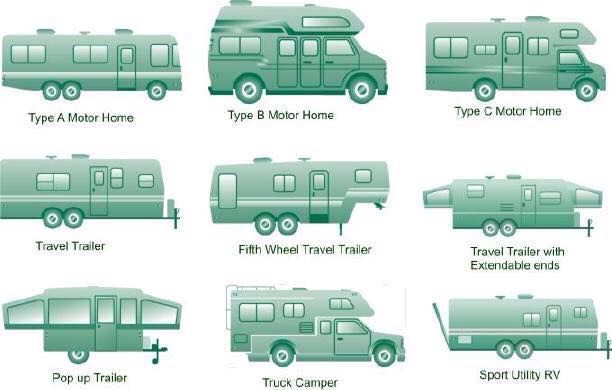
Previous article Next article
Car tires - elastic shell mounted on a disc rim. It is the tires that dampen the small vibrations that occur due to imperfect roads and compensate for the inconsistency in the trajectories of the wheels. The characteristics of tires affect: driving comfort, maneuverability and vehicle stability. However, even the highest quality rubber eventually deteriorates. Therefore, every driver should know how to correctly determine the degree of tire wear in order to replace them in time. Car and truck tires have different periods of use, depending on both the initial characteristics of the products and the operating conditions.
Tires wear out not only due to operational stress. They are characterized by natural aging, since the rubber compound from which the tires are made gradually loses its elasticity and resilience.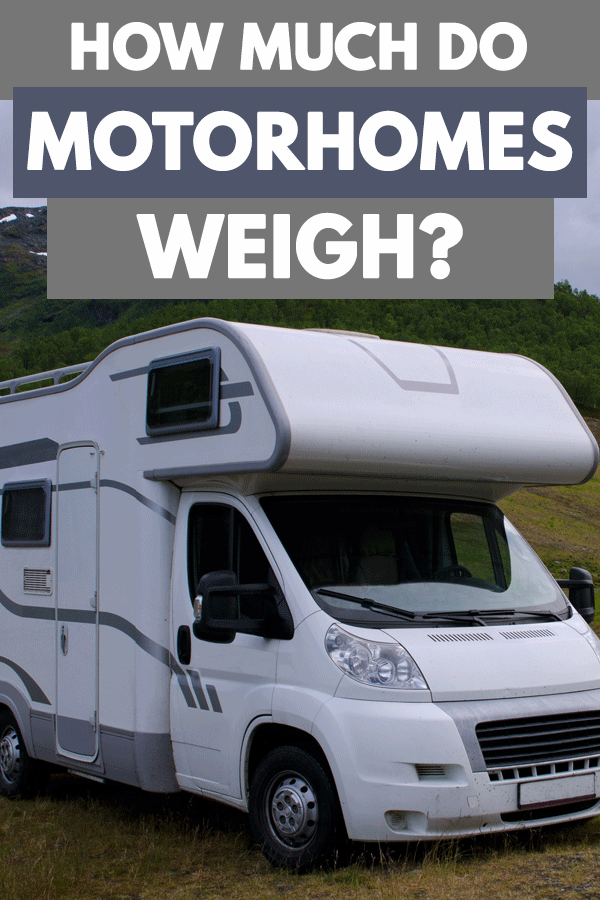 The use of such rubber leads to a deterioration in vehicle controllability and creates dangerous conditions due to the high probability of tire rupture on the way.
The use of such rubber leads to a deterioration in vehicle controllability and creates dangerous conditions due to the high probability of tire rupture on the way.
In accordance with GOSTs 4754-97 and 5513-97, the warranty period for car tires is 5 years. Foreign manufacturers claim that the working life of tires is 5-10 years. There are no legislative acts obliging drivers to change tires after this period, but in order to create safe driving conditions, the driver must take into account the recommendations of GOST. Manufacturers usually set their own warranty periods.
Michelin, Bridgestone, Nokian, Continental, Dunlop, Pirelli, Yokohama:
| Brand | Warranty period declared by the manufacturer |
| Bridgestone | Tire dependent - 3-6 years |
| Nokian
| 5 years |
| Continental | 10 years old |
| Dunlop | Tire dependent |
| Pirelli | Tire dependent |
| Yokohama | 5 years |
| Michelin | 10 years old |
During the warranty period, the responsibility for identified significant defects rests with the manufacturer. The owner of the vehicle will be forced to eliminate defects on his own if there have been:
The owner of the vehicle will be forced to eliminate defects on his own if there have been:
If the vehicle is used intensively, it may be necessary to replace the tires before the end of the warranty period. Therefore, regulatory documents establish the mileage after which you should think about replacing tires.
Therefore, regulatory documents establish the mileage after which you should think about replacing tires.
The maximum standard mileage is:
The actual rate of tire wear may differ from the standard values due to a whole list of factors, such as:
 Low-quality products under the influence of abrasive particles wear out very quickly.
Low-quality products under the influence of abrasive particles wear out very quickly. You can determine the need for tire replacement yourself by the following signs:
Table of minimum allowable tread depth for different modes of transport as amended on 01/01/2015
| Minimum allowable remaining tread depth | Type of transport |
| 0.8 mm | L - motorcycles, mopeds, quad bikes |
| 1. | N2, N3, O3, O4 - trucks with a maximum permissible mass of more than 3.5 tons and trailers with a maximum permissible mass of more than 3.5 tons |
| 1.6 mm | M1, N1, O1, O2 - cars, trucks and trailers with a maximum authorized mass of less than 3.5 tons |
| 2.0 mm | M2, M3 - buses |
| 4.0 mm | Winter tires marked M+S, M&S, M S, the amount of residual tread depth does not depend on whether tires are installed on cars or trucks |
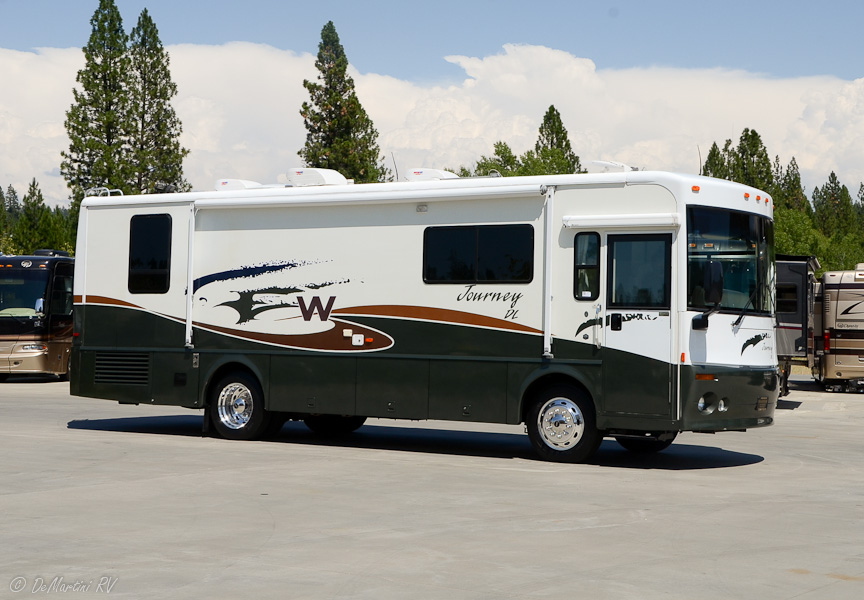 If it does not exceed 50% of the original value, then the tires must be replaced.
If it does not exceed 50% of the original value, then the tires must be replaced. Important! If the outer edges of the tire wear faster, the inflation pressure is too low. Accelerated wear of the central part indicates excessive pressure. Wear on one side indicates a violation of the toe angle. Uneven surface wear is evidence of aggressive driving with rapid acceleration and hard braking.
You can extend the life of your tires by doing the following:
Normative document regulating the terms and conditions of tire storage - GOST 24779-81.